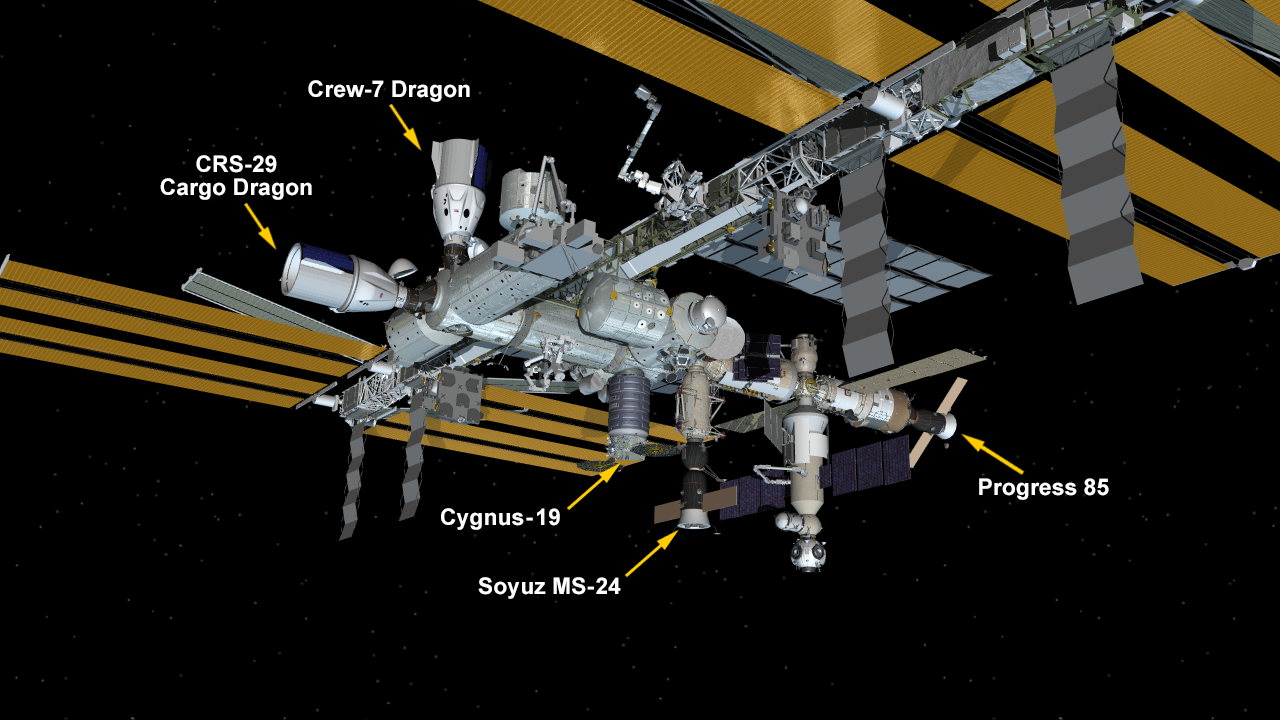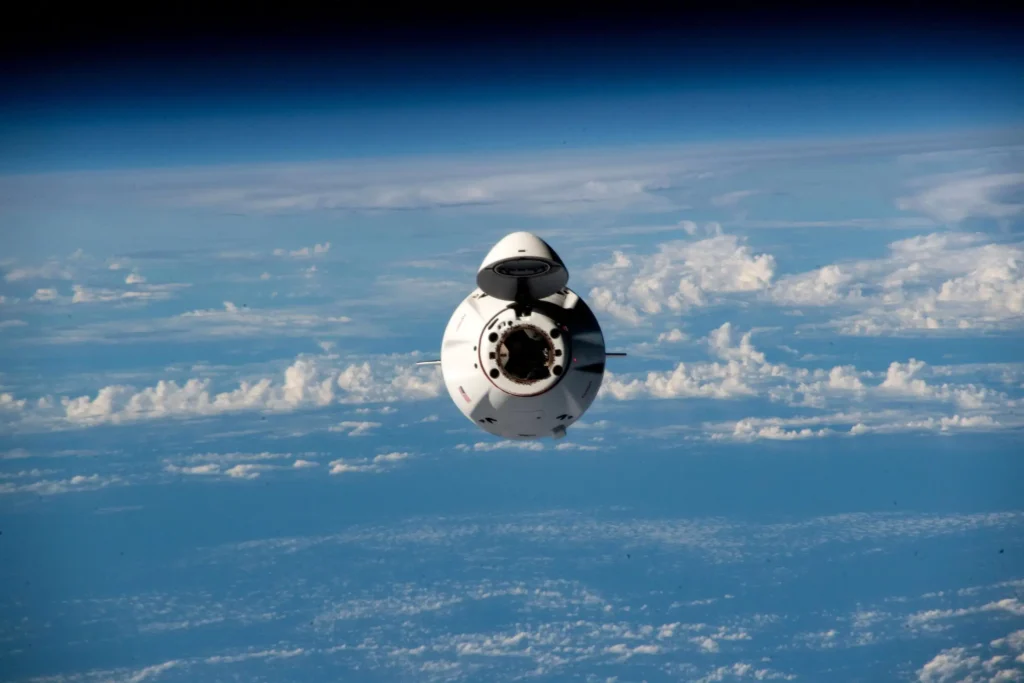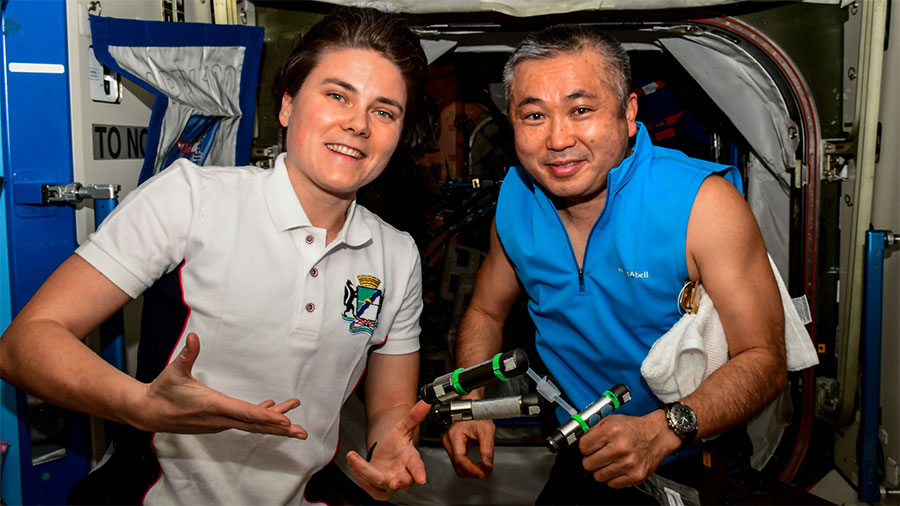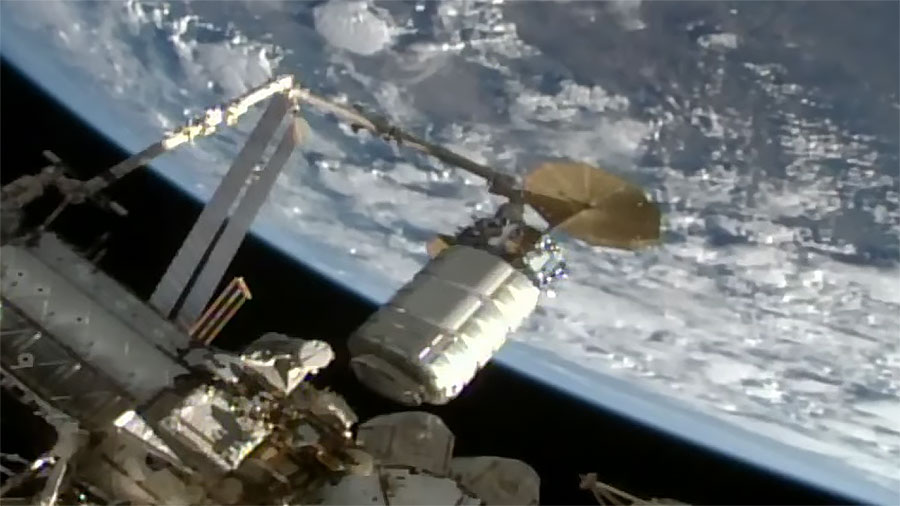
The International Space Station hosted numerous microgravity experiments on Wednesday investigating how the human body adapts to weightlessness and ways to live and work off the Earth. The Expedition 70 crewmembers also continued preparing for a cargo mission then conducted an emergency drill.
More aging research was underway aboard the orbital lab today as NASA astronaut Jasmin Moghbeli processed samples inside the Kibo laboratory module for the Space AGE study. The biology work took place in Kibo’s Life Science Glovebox and may provide better insights into the aging process on cells and its effects on disease mechanisms both on Earth and in space.
Working in the Columbus laboratory module, NASA Flight Engineer Loral O’Hara configured and wore portable medical gear that is monitoring her blood pressure for the CIPHER human research study. She conducted other research activities throughout the day including inspecting microbial detection hardware and calibrating components inside the Combustion Integrated Rack.
Commander Andreas Mogensen began his day documenting his reactions to a new lighting system that may help astronauts maintain their circadian rhythms in outer space. The ESA (European Space Agency) astronaut then uploaded software for a technology experiment demonstrating how the Astrobee free-flying robotic helpers, and potentially future satellites, can rendezvous, dock, and undock autonomously.
Astronaut Satoshi Furukawa of JAXA (Japan Aerospace Exploration Agency) was back on life support duty servicing Kibo’s Internal Thermal Control System (ITCS). The ITCS cools and rejects heat from equipment ensuring a safe operating environment aboard the space station.
The Roscosmos Progress 84 resupply ship ended its cargo mission today after six months docked to the Poisk module. The uncrewed and trash-packed Progress 84 departed the station at 2:55 a.m. EDT then reentered the Earth’s atmosphere above the south Pacific Ocean for a fiery, but safe demise a few hours later.
The next cargo mission to resupply the Expedition 70 crew is counting down to launch at 4:25 a.m. on Friday from the Baikonur Cosmodrome in Kazakhstan. The Progress 86 resupply ship, carrying nearly 5,600 pounds of cargo, will take a two-day trip to the orbiting lab and dock to the same port vacated by the Progress 84. Cosmonauts Oleg Kononenko and Nikolai Chub reviewed procedures today for monitoring the approaching cargo craft and practiced remotely controlling the Progress 86 if necessary.
Cosmonaut Konstantin Borisov watered plants and photographed them for a space botany study. Afterward, he checked Roscosmos tablet computers then worked in the Nauka science module maintaining its ventilation systems.
At the end of the day, all four astronauts joined the three cosmonauts and simulated an emergency with ground controllers practicing their roles and responsibilities during the drill. The orbital residents located emergency systems throughout the space lab while coordinating with mission controllers from around the world.
Learn more about station activities by following the space station blog, @space_station and @ISS_Research on X, as well as the ISS Facebook and ISS Instagram accounts.
Get weekly video highlights at: https://roundupreads.jsc.nasa.gov/videoupdate/
Get the latest from NASA delivered every week. Subscribe here: www.nasa.gov/subscribe




